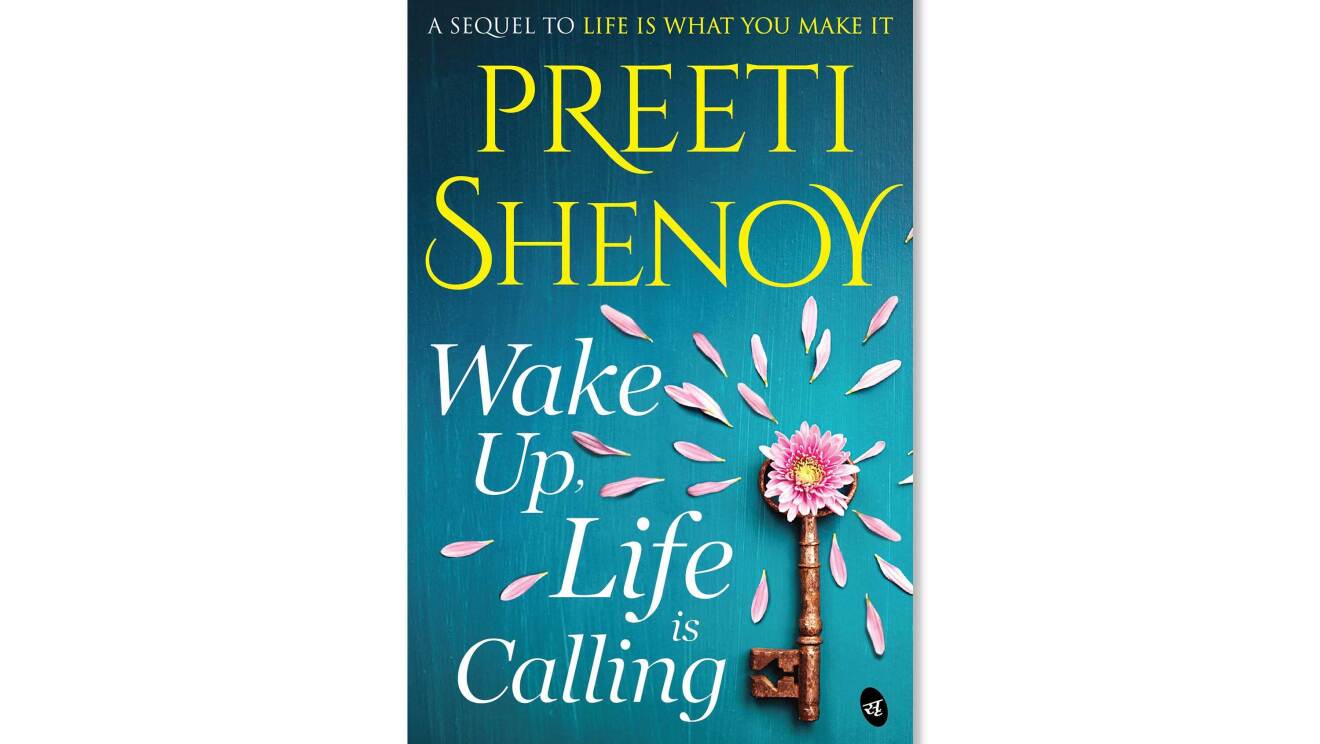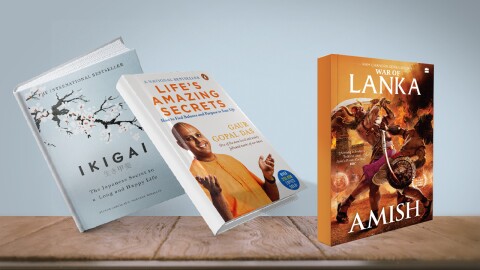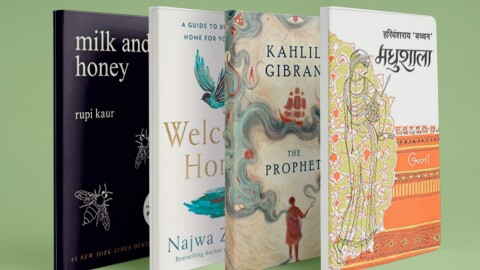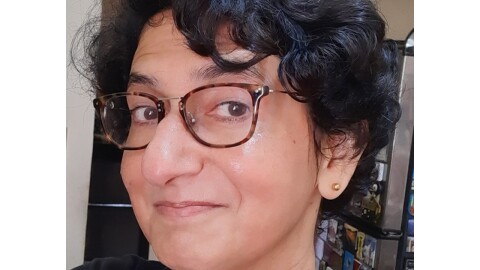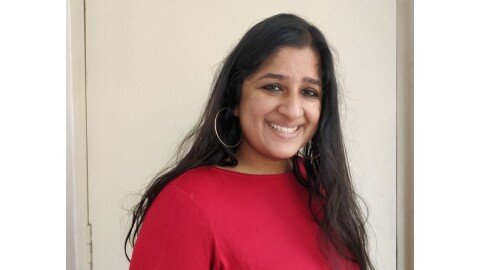Everyone remembers their firsts — their first date, first kiss, the first prize they ever won. Me? I remember the first time Amazon came to India! They started by selling books. Anywhere you looked, you saw the Amazon ad placed prominently. And guess which book was chosen to be the ‘face of Amazon?’ Mine – Life is What You Make it. Each time the unmistakable yellow cover, with the silhouette of a girl holding a red umbrella, popped up in the middle of my browsing, I stopped whatever I was doing and smiled, savouring the moment. This was one welcome pop-up ad.
A few weeks later, Amazon made a splash again with its clever catchy jingle ‘Aur dikhao’ that captured the essence of being Indian (we always want more). In the jingle too I spotted a man running joyfully, waving my book. I wondered later why Amazon chose my book. Was it because it had sold more than half a million copies or was it because it was visually appealing? Or was it because it still continues to be in the Nielsen top ten highest-selling titles in the country week after week to this day? I had no idea. I was just happy that my book, along with Amazon, was everywhere! It was an anecdote I would narrate many times over, with a hint of pride.
The book itself was a very difficult one to write. It took more than three years of research. I was based in the UK at that time. An art exhibition I chanced upon, with stunning vibrant and vivid paintings, mesmerised me. Upon investigation, I found that they were all painted by people with bipolar disorder; they even had an association. Coincidentally, I also met a psychiatric nurse at the time. When I travelled to India, I visited NIMHANS. When they knew I wrote for newspapers, they were more than happy to answer my queries and show me around. I was disturbed and fascinated in equal measures by all of what I saw. It made me ponder over that thin line between ‘normalcy’, ‘insanity’ and ‘creativity’. What a fine line it was! I began ruminating on why some people are seen as ‘abnormal’. I also met many families who had a loved one with a mental health issue. From what I gathered, nobody wanted to name the condition. Every mental health issue—whether it was obsessive-compulsive disorder or schizophrenia or paranoia—all of it were clubbed together under an umbrella of ‘problem’. They didn’t even use the word ‘mental health’. It was taboo and anything to do with it hushed up. When I researched further, the statistics shocked me. In India and China alone there were more than 12-15 million people with mental health issues.
I wanted to expose this terrible monster, which nobody talked about, yet which claimed so many lives. I wanted it to be a story that everyone could relate to.
I knew then I wanted to write about it. I wanted to expose this terrible monster, which nobody talked about, yet which claimed so many lives. I wanted it to be a story that everyone could relate to. I remembered an old acquaintance of my parents, whose teenage daughter had dropped out of college. None of us knew what had happened, except that ‘she had a problem’.
I decided to use my own college (St. Teresa’s college, Kochi) as a backdrop to the story.
Since I was based in Norwich, I had access to Norwich Millennium Library, which is one of the finest libraries in the UK. I spent many hours there reading up extensively on many mental health conditions. I decided to choose bipolar disorder specifically because it is the most common condition, yet the most misunderstood as it is a mood disorder. Unlike a few other mental health conditions, where the affected person hallucinates or sees thing that do not exist, bipolar disorder seems tame. Yet, it can take lives. I wanted to highlight this, and fiery Ankita came to life.
I had researched enough to write ten books if I wanted to. But this one book itself took a lot out of me. I had to get into the skin of the character to write it. It left me depressed for months. I thought I would never again write about mental health – too intense and emotionally draining.
It took me eight more years (and nine more books in those eight years!) to come back to Ankita’s story, to tell what happened to her. Though the first book ends with an epilogue, which tells the reader what happened fifteen years later, there are no details of how Ankita coped. How did she integrate back into daily life?
Wake Up, Life is Calling is the sequel, which tells you this. It is about all that Ankita went through when she came out of the mental hospital and went back to college. Would the disorder strike again? What did life have in store for her? How would she handle it all?
It was an equally intense emotional experience for me to write the sequel too. As a character Ankita is so compelling, it is almost as if she sits inside my head and takes control of my brain. I felt what she felt, thought as she’d think. I was like a woman possessed, and I remember writing some chapters as if in a trance. Now that her story is finally out, I feel at peace.
Will there be more books in the series? There might be. I might just aur dikhao!
I have enough matter for the same. But for now I am happy, and cannot wait for you to read this book!



